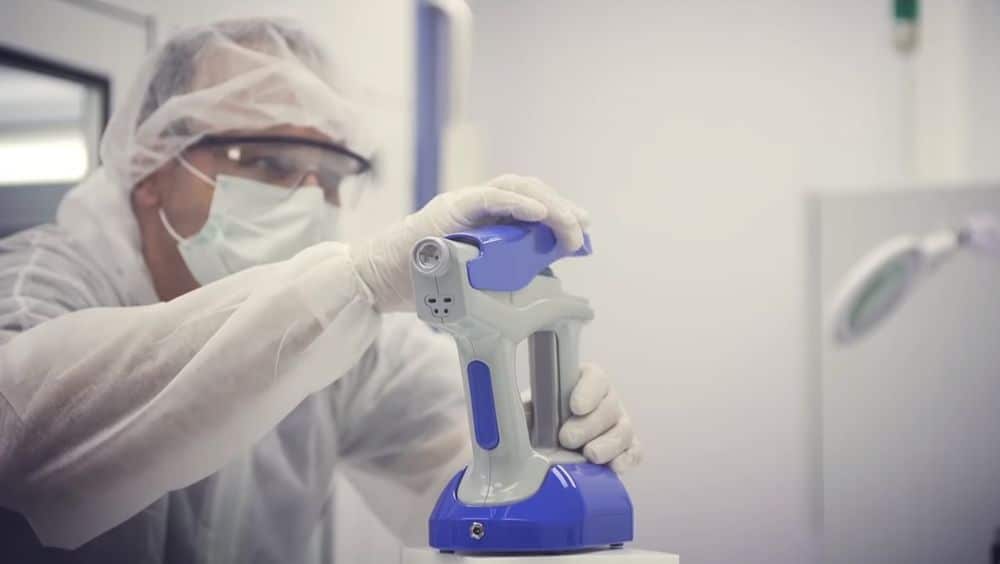A new treatment method based on a spray skin has been developed by Nanomedical Technologies Ltd., a subsidiary of Nicast.
The system accelerates healing from burns, cuts and surgical wounds by mimicking the behavior of human tissues.
SpinCare is shaped (and looked) like a child's toy: a gun that sprays a second skin that covers the affected area.
All you need is to aim, pull the two small triggers and emit the polymer filaments that attach to the skin.
The Nanomedic spray method allows you to operate without ever coming into contact with the wound and completely skipping the (often painful) use of bandages. The "temporary skin" develops a physical barrier that adheres perfectly to the body and helps the regeneration of the natural one. When the healing process is complete the protective layer is peeled off.

"No need to change it," explains the CEO of Nanomedic Chen Barak. “You only put it on once and it stays until the skin underneath has healed”. And after just 24 hours the patient can even take a shower (for burn victims it is not at all obvious).
The most important feature is to strongly inhibit the possibility of infections. Open wounds are at risk of developing many, which can also lead to death, especially in the event of disasters or large emergencies with different types of subjects in contact with each other.
SpinCare could be the quick and portable solution for treating patients en masse. The procedure can be performed in minutes by trained medical personnel or volunteers.
Nanomedic has tested the device on 120 patients in major Israeli hospitals: none of them reported infections.
It's a new paradigm: doctors can abandon gauze and bandages, instantly acting directly on the skin to repair wounds and burns.
Medicine on demand
“It's the same operating model as an espresso machine,” says Barak. True. SpinCare uses disposable capsules with the polymer solution. It is light and transparent, you can see the progress of the skin under the newly sprayed layer.
The spread of SpinCare promises to be massive: first aid, ambulances, barracks, war scenes, fires or disasters. The potential market for this product will be $ 35 billion by 2025.
Efforts in the world
Nanomedic joins other researchers' efforts to reimagine the wound healing process. Engineers from the University of Wisconsin-Madison, for example, have created a new type of bandage that sends out electrical impulses that can reduce healing time.
Along the same lines, the team that created a sort of gun to "glue" two flaps after a surgical cut: we talked about it here.
Not just wounds
SpinCare is the most versatile platform: its capsule system can accommodate different substances. Not only spray skin to repair wounds, in short, but antibacterial, collagen, silicone and even stem cells for a thousand applications in cosmetic surgery, dermatology and surgery.

